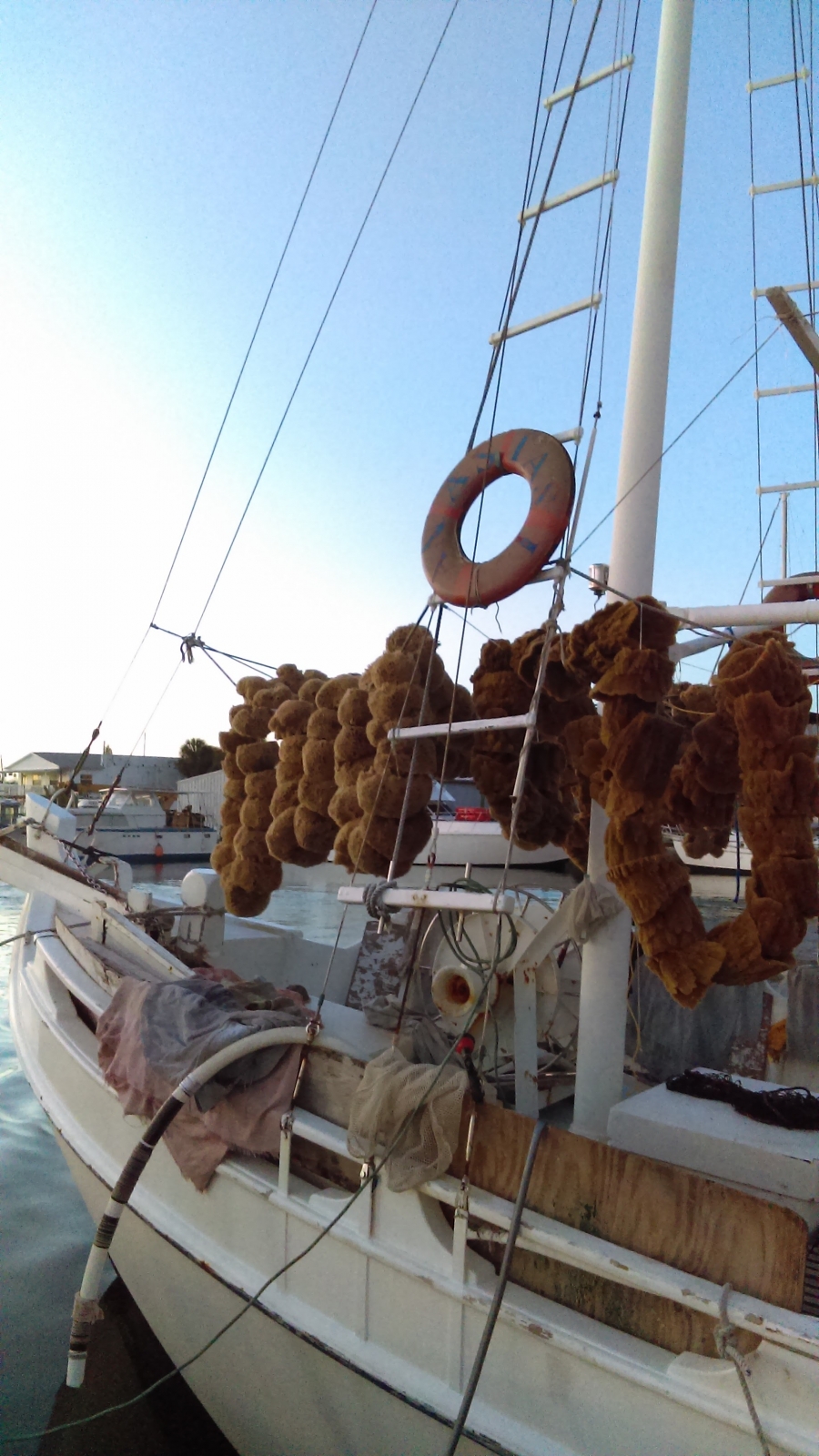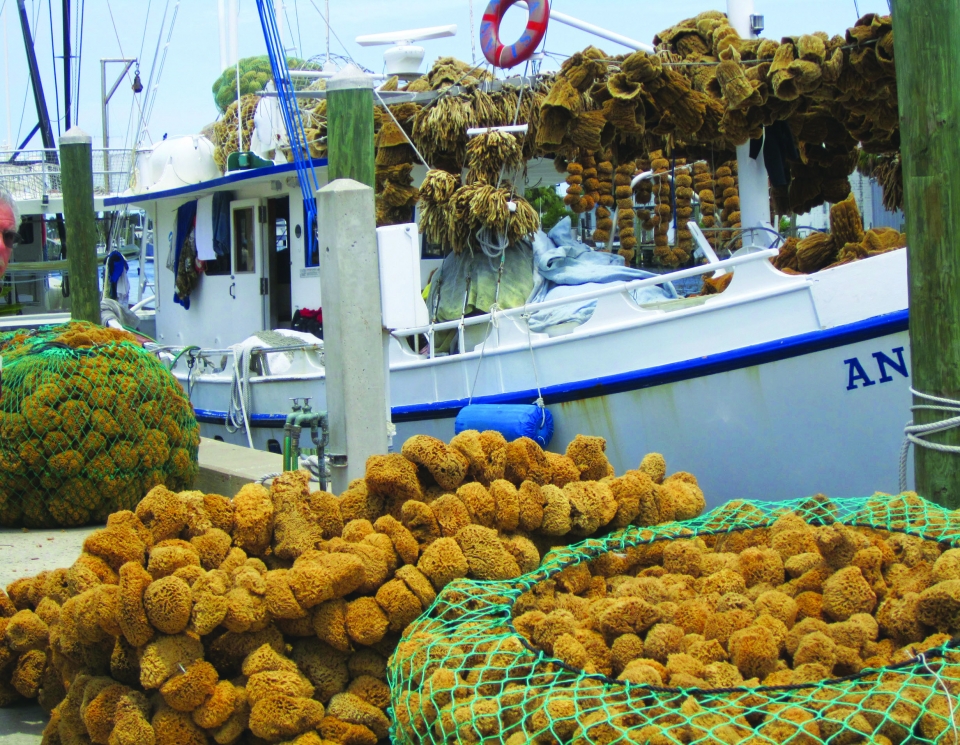NATIONAL ATR NETWORK SURVEY
Hundreds of ACEs, trauma, & resilience networks across the country responded to our survey. See what they shared about network characteristics, goals, and technical assistance needs.
In 2015, a 26-year-old teacher in the Cops ‘n Kids Youth Center died suddenly in a motorcycle accident, and Robbin Sotelo Redd reached for the phone.
Redd, executive director of Cops ‘n Kids, a non-profit managed by the Tarpon Springs Housing Authority (TSHA), called Dr. Robert Moore, a psychologist, former steering committee member and ongoing training provider for Peace4Tarpon. Over the next two weeks, Moore spent hours with Cops ‘n Kids’ staff, parents and children.
“He was there for me, which meant that I could then support the staff,” Redd says. “I had staff in shock. But they healed well. The kids healed well.” The experience, she says, was a testament to the relationships knit through Peace4Tarpon’s vision of a trauma-informed, compassionate and resilient community.
Growing Pains
Peace4Tarpon sprouted six years ago from an unlikely seed—an artist-turned-public-official, former vice mayor Robin Saenger, who read the ACE study and realized that so many community problems—homelessness, violence, unemployment—shared common roots.
The Mobilizing Action for Resilient Communities (MARC) grant has been a boon and a challenge; after years of operating as a grass-roots, loosely organized community initiative, the grant brought national connections, organizational demands—and unprecedented funding. “It’s hard to spend money if you’ve been running on good will for six years,” says Saenger.
TSHA’s Local Community Housing Corporation became the group’s fiscal agent, and Wendy Sedlacek came on board as MARC program manager in November 2015. All three women describe a “rocky start” as they worked to clarify roles and set immediate and longer-term agendas.
In March 2016, the group gained 501(c)(3) status, the result of an 18-month process that made the group a tax-exempt, non-profit organization and marked a significant shift from its less structured beginnings. As a non-profit, it took the name “Peace4Communities” (doing business as “Peace4Tarpon”) to signal its intention to help seed a national framework of such communities.
“The board and the immediate partners had many discussions challenging each other about the pros and cons [of becoming a non-profit],” says Redd. “When you go from a community organization or organic processes to establishing guidelines and protocols, the transition takes time.” The impetus to solidify a board, create bylaws and clarify decision-making, however, has been “an incredible gift.”
The grass-roots commitment remains: A community outreach team is visiting churches, schools and other sites with a questionnaire about trauma, community structures and barriers to healing; a professor at the University of Florida is leading a team to compile that data.
In addition to ongoing partners—the Tarpon Springs Police Department, Pinellas County Schools and St. Petersburg College, along with several churches and non-profit agencies—Peace4Tarpon has begun to connect with the local business community via the Rotary Club. That group recently matched a church-donated grant to help create an art therapy program for children in Tarpon Springs.
“We’re being invited to different community events,” says Sedlacek. “Two prayer breakfasts last month, a 9/11 memorial service.” After a ten-minute presentation at one elementary school’s staff meeting, administrators invited Peace4Tarpon trainers back for monthly follow-ups. “People are starting to understand the goals of Peace4Tarpon more and invite us to the table,” Sedlacek says.
Transforming Knowledge into Action
One especially fruitful partnership has been with the police department. A two-day First Responders Summit in spring 2016 included participants from 28 different agencies including 911 dispatch, police, fire and corrections; a smaller, more in-depth training followed. Both events featured Kansas City Police Captain Darren Ivey along with local experts.
“That was a great jump-start, with a lot of dialogue since,” says Redd. “We hope in year two to have consecutive trainings.” She’d like to see the same thing happen with Pinellas County’s five local schools within Tarpon Springs—last year brought a principals’ breakfast with a keynote focused on trauma, a chance to build relationships and lay the groundwork for system-wide change.
While Peace4Tarpon’s open monthly meetings draw a diverse group—school counselors, church education directors, neighborhood association leaders—those individuals don’t always have the authority or heft to transform their organizations or neighborhoods.
“People are very outspoken and engaged during the meeting,” Redd says. “But it’s up to the person who participates to take it back to their church, their school, their agency. One goal for year two is to provide regular trainings to help Peace4Tarpon members transform their knowledge and enthusiasm into action.
 Energizing Communities
Energizing Communities
Peace4Tarpon’s strength, says Saenger, has always been its commitment to grass-roots engagement and organic growth. But a group powered largely by volunteers also must weather the ebb and surge of people’s availability and interest.
And yet, there are signs that the initiative is making a difference in this town of 23,000. In October, new mayor Chris Alahouzos signed the Peace4Tarpon memorandum of understanding, a commitment to attend the group’s monthly meetings, become more informed and practice “trauma sensitivity among my friends, family and co-workers.”
Peace4Tarpon leaders have connected not only with leaders in other MARC communities—Sedlacek notes fruitful conversations with members of the San Diego Trauma Informed Guide Team—but with those in Gainesville, Clearwater and Crawford (Pennsylvania) who have launched similar “Peace4” initiatives.
“Every week, there are more communities interested in this,” Saenger says. “I’d like to use that energy for people to be able to launch their own initiatives so we can influence policy and lawmakers.”
Individuals Making Change
At the same time, she and other Peace4Tarpon leaders prize the small moment when “the nickel drops” in someone’s understanding of trauma and its impact.
That happened recently, Sedlacek says, when she spoke with the director of Head Start in Tarpon Springs. “She’d never heard of Peace4Tarpon; she wants to be a part of it.” It happened when leaders of the Sixth Judicial Circuit, serving Pasco and Pinellas counties, decided to show “The Raising of America” to court staff.
And it happened with the preemie hats, a story documented on the Peace4Tarpon website: A woman walked into a local library, saw a flier for a community education day on domestic violence and trauma and ended up joining Peace4Tarpon’s social marketing committee.
She continued to participate, joining meetings via Skype after returning to her part-time home in British Columbia. And one day, she unveiled a project inspired by reflecting on her own trauma as a premature baby born to a single mother; she’d knitted 68 preemie hats, no two alike, one for each year of her life, and planned to donate them to the NICU of a local hospital.
“The thing I love about Peace4Tarpon is that it is a community initiative that is making change,” says Sedlacek. “People want to make a more resilient world.”
This article is part of a community update series following the ATR networks participating in the MARC 1.0 Initiative. Read the other updates from Tarpon Springs, FL:
